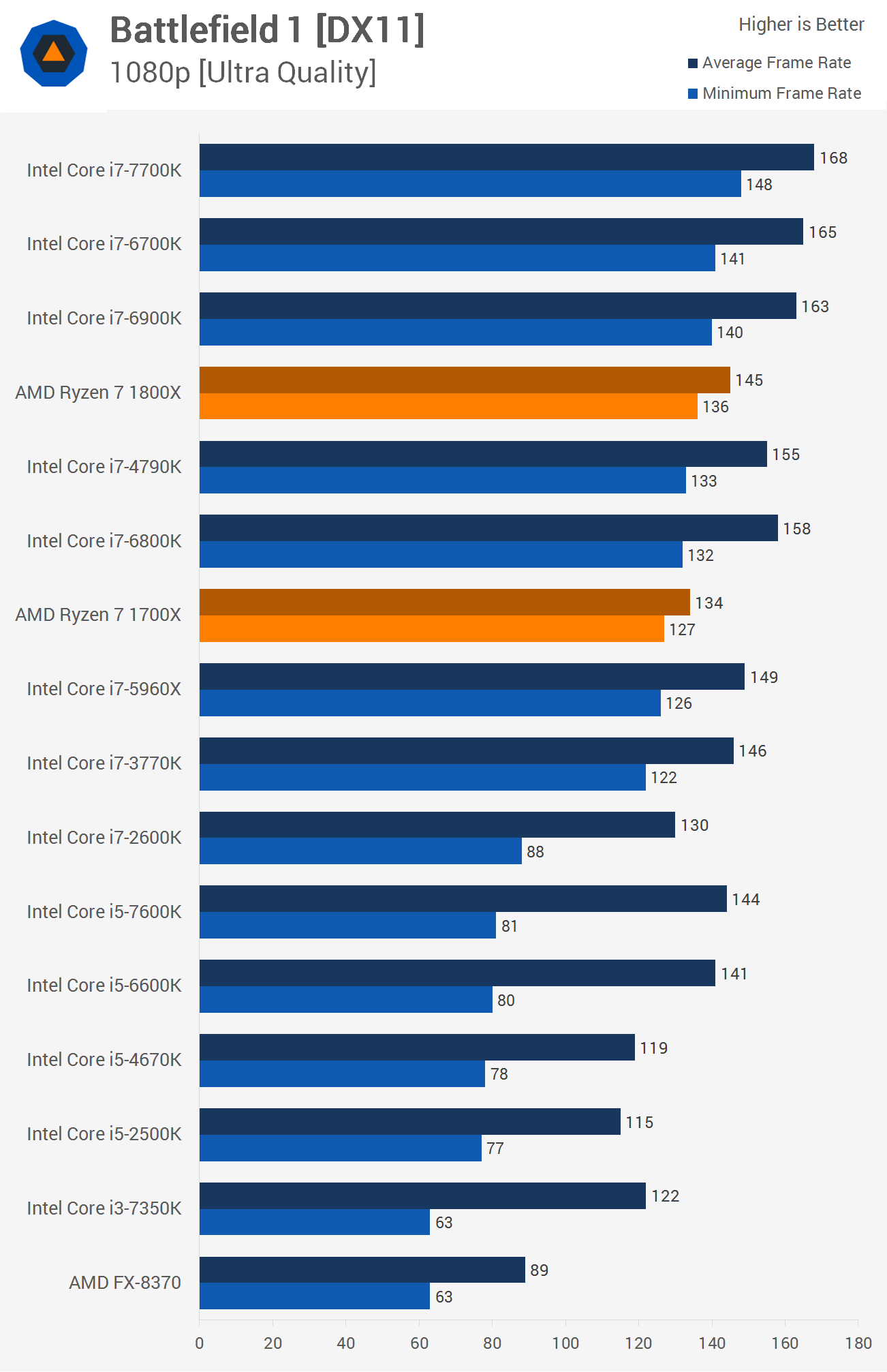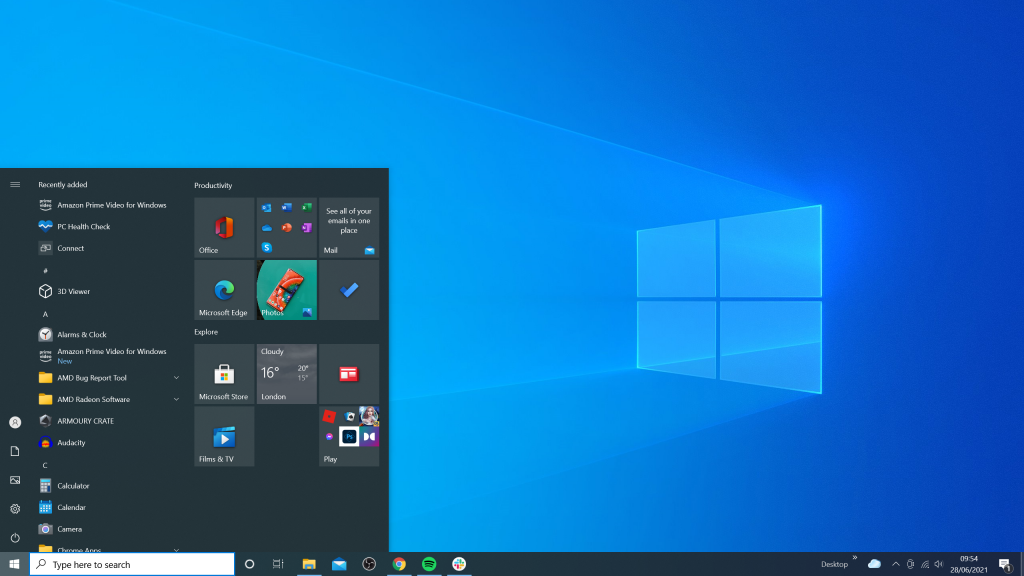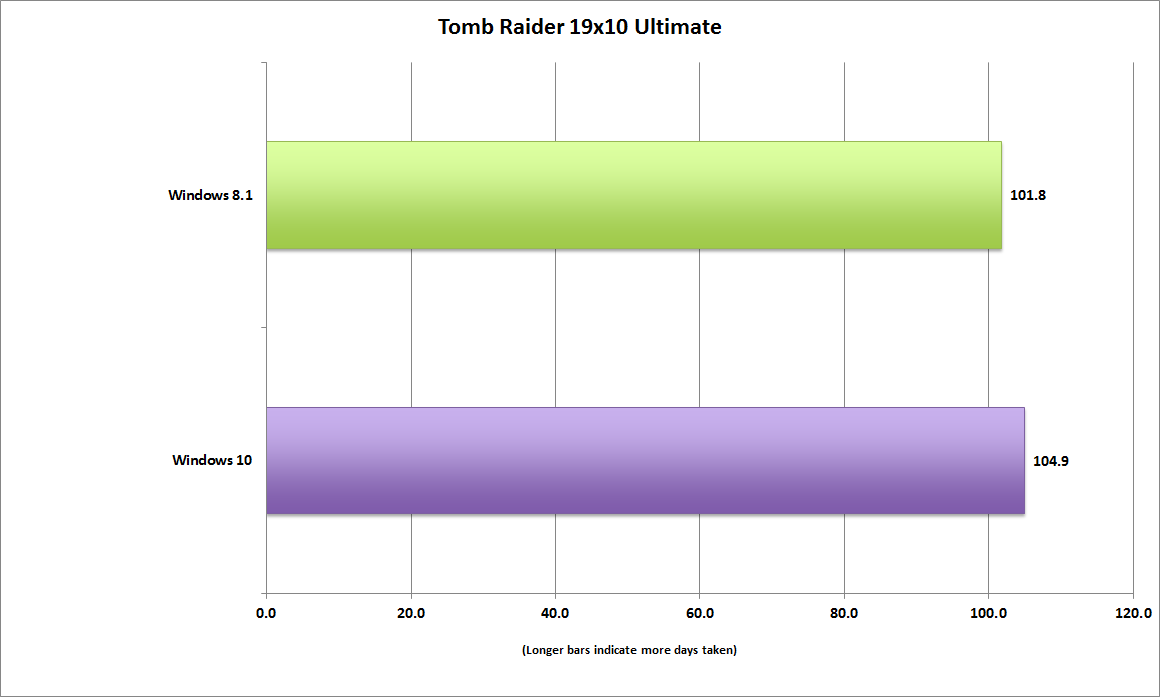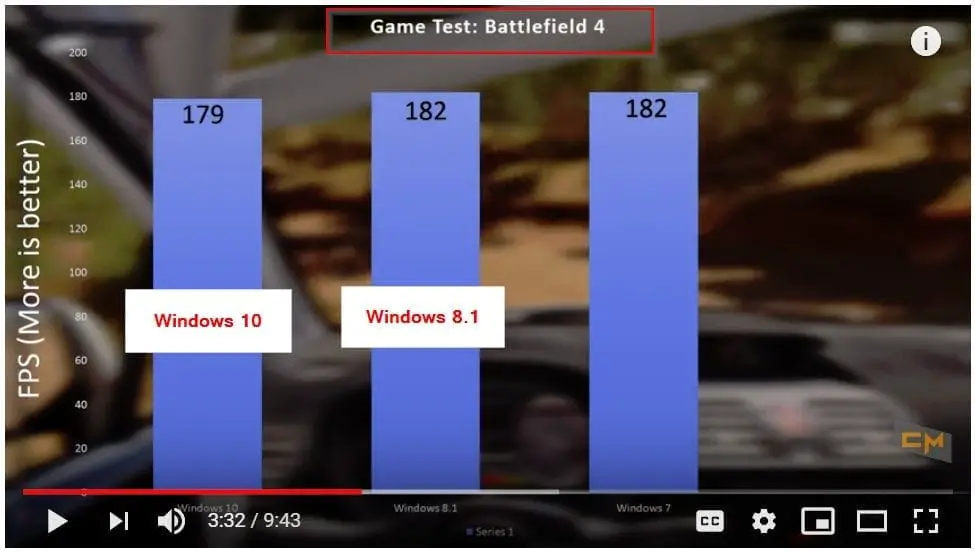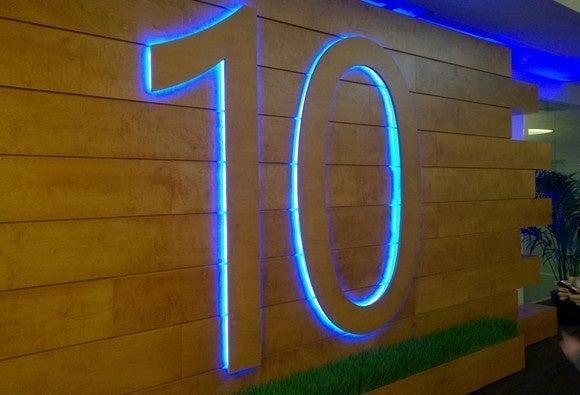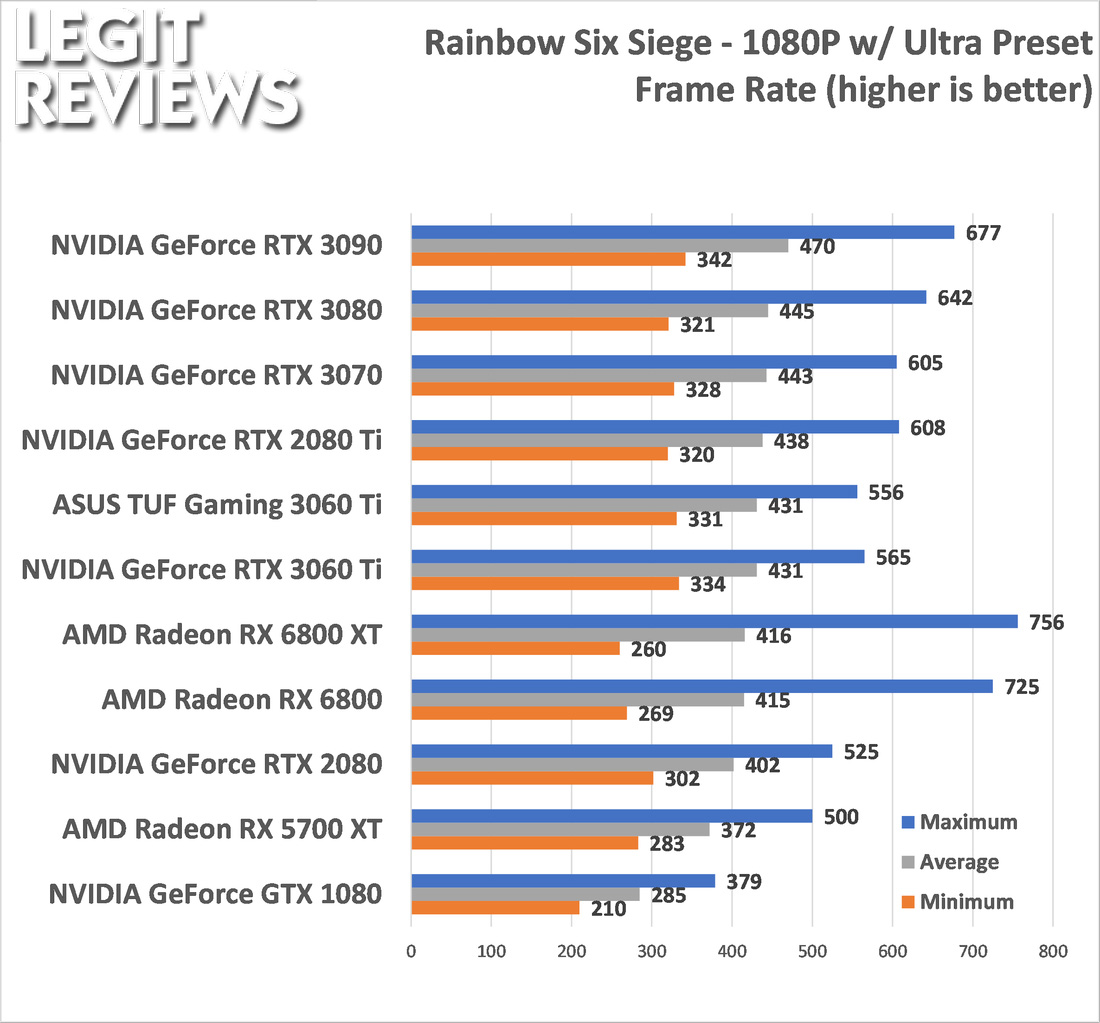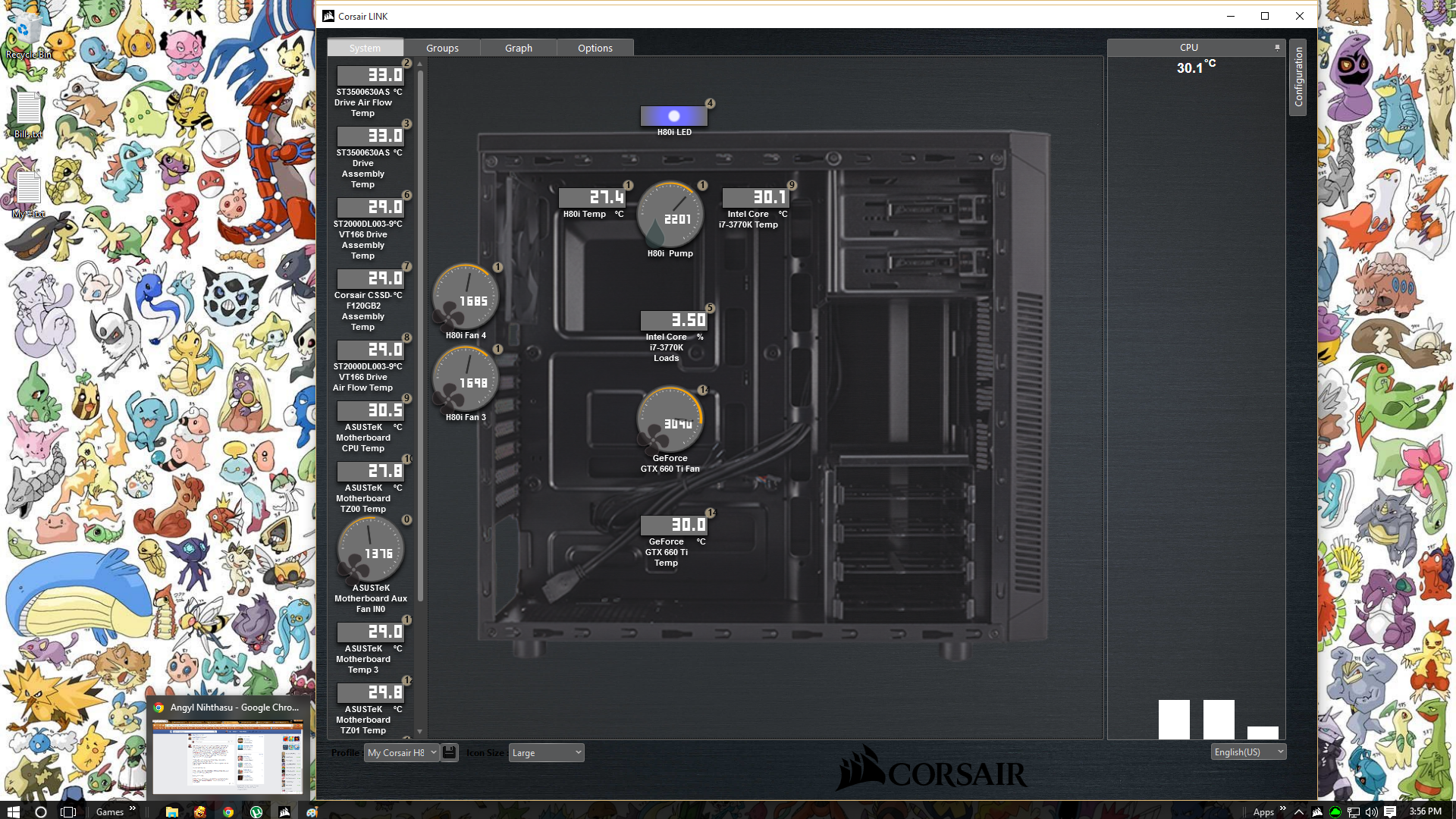Cunningham concluded that "as I've dug into and learned its ins and outs for this review, I've warmed to it more", but argued that the OS was facing similar "public perception" issues to Windows Vista and Windows 8. Part of the experience program so being using windows 11 on my Ryzen 3900x Radeon 5700xt desktop for a while now. I found once AMD brought out win 11 drivers things got much better, and once I reinstalled my sound and mobo drivers for example issues largely went away. The one thing I really hate is that there is no advanced power setting that I can see apart from using control panel, so basically after time menus in programs freeze and take ages to open or sometimes don't open at all. Another example of this motherboard power issue was when I used to use my game controller plugged into my external hard drive the drive and usb used to turn off totally so I had to reboot.
Using control panel reduced these issues but didn't stop them. Not on everything by any means and it's impossible to be certain what is windows related and what is amd driver improvements but they did seem to happen on official release when amd released official windows 11 drivers. However Microsoft please put advanced power settings back in, the lack of them has made it much worse to use often. Warren noted that he rarely used the Widgets panel or Microsoft Teams, citing that he preferred the weather display that later versions of Windows 10 offered, and didn't use Teams to communicate with his friends and family. He also acknowledged the expansion of Microsoft Store to include more "traditional" desktop applications.
A redesigned user interface is present frequently throughout the operating system, building upon Fluent Design System; translucency, shadows, a new color palette, and rounded geometry are prevalent throughout the UI. Microsoft claimed that their new OS would enhance your gaming experience but there are gamers that claim that the Windows 11 security features actually reduce gaming performance significantly. For instance, some gamers found that it reduced frame rates by about 28%. In addition, the taskbar feature that used to be easy to move anywhere on the screen is now locked at the bottom. Internet Explorer has been replaced by the Chromium-based Microsoft Edge as the default web browser, and Microsoft Teams is integrated into the Windows shell.
Microsoft also announced plans to allow more flexibility in software that can be distributed via Microsoft Store, and to support Android apps on Windows 11 . Insiders have noticed a few show-stopping bugs with Windows 11, which is now officially available for all eligible PCs. Users have noticed that virtualization-based security, which will be enabled by default in all OEM PCs, can have a drastic impact on frame rates in games. Also being observed is a File Explorer memory leak bug in which closing the Explorer windows does not release back the allocated memory. The virtualization-based security function of Microsoft's Windows 11 reduces gaming performance by up to 30%, reported hardware performance benchmarking software company, UL Benchmarks. VBS also reduced the average frame rates by as much as 28%, said a PC Gamer report.
Notably, Microsoft will ship PCs with Windows 11 pre-installed and deliver free upgrades to eligible Windows 10 PCs from October 5. In October 2019, Microsoft announced "Windows 10X", a future edition of Windows 10 designed exclusively for dual-touchscreen devices such as the then-upcoming Surface Neo. Legacy Windows applications would also be required to run in "containers" to ensure performance and power optimization. Microsoft stated that it planned to release Windows 10X devices by the end of 2020. Even the newly-released AutoHDR feature is available on both Windows 11 Home and Pro editions. So it's safe to say that neither of the editions will disappoint you in terms of gaming performance.
That said, Windows 11 Pro offers you a larger ceiling for hardware expansion. It supports up to 2 CPU sockets, 128 cores, and up to 2TB of RAM, whereas Windows 11 Home supports 1 CPU socket, 64 cores, and up to 128GB of RAM. Simply put, Windows 11 Home is more than enough for most users, even for hardcore gamers. It also temporarily prevents Windows Update from installing drivers or asking to restart your PC to install updates in the middle of a game.
Microsoft introduced the gaming feature as part of the Windows 10 Creators Update in 2017. The 3DMark Storage Benchmark DLC, purchased separately, extends 3DMark with a dedicated component test for measuring the gaming performance of SSDs and other storage hardware. It supports all the latest storage technologies and tests practical, real-world gaming performance for activities such as loading games, saving progress, installing game files, and recording gameplay video streams. As part of the minimum system requirements, Windows 11 only runs on devices with a Trusted Platform Module 2.0 security coprocessor.
According to Microsoft, the TPM 2.0 coprocessor is a "critical building block" for protection against firmware and hardware attacks. In addition, Microsoft now requires devices with Windows 11 to include virtualization-based security , hypervisor-protected code integrity , and Secure Boot built-in and enabled by default. The operating system also features hardware-enforced stack protection for supported Intel and AMD processors for protection against zero-day exploits. As for starters, in the main Windows 11 settings, it is always active to get started using the XP game menu.
Windows 10 Vs 11 Gaming Those are some big claims, so you can see whether there's significant difference in the results. On a gaming-performance basis, let's just say we see no reason not to take the plunge to Windows 11 based on these results. Plenty of other considerations come into play with an OS upgrade, of course, but if the numbers lean either way, it's marginally in favor of Windows 11. No games in our tests performed worse on the new OS, at least, and a few saw better frame rates. For starters, by default, in the main Windows 11 settings under the Gaming tab, a new feature called Game Mode is active.
Windows 11 brings a lot of improvements, the most notable of which is the design and user interface, which is a major upgrade over Windows 10. In this article, we tried to compare Windows 10 and 11 in running software and games and have an overview of these two popular Windows series. Tell us about your experience with Windows 11, and if there is anything left in this article, be sure to share it with us. Task View, a feature introduced in Windows 10, features a refreshed design, and supports giving separate wallpapers to each virtual desktop. When a display is disconnected in a multi-monitor configuration, the windows that were previously on that display will be minimized rather than automatically moved to the main display. If the same display is reconnected, the windows are restored to their prior location.
The taskbar's buttons are center-aligned by default, and it is permanently pinned to the bottom edge of the screen; it cannot be moved to the top, left, or right edges of the screen as in previous versions of Windows. The "Widgets" button on the taskbar displays a panel with Microsoft Start, a news aggregator with personalized stories and content (expanding upon the "news and interests" panel introduced in later builds of Windows 10). Microsoft Teams is similarly integrated with the taskbar, with a pop-up showing a list of recent conversations. Given the growing controversy, we wanted to verify Windows 11's performance in the real world by comparing it to Windows 10. Since there are already enough tests with various high-end systems, we have deliberately focused on the upper mid-range and tested an AMD system in more detail. The test platform was based on an AMD Ryzen X processor and an Asus ROG Strix X570-E gaming motherboard with 2×8 GB DDR G.Skill TridentZ CL16.
We have Windows 10 and Windows 11 installed on a PNY CS3030 1TB SSD (in M.2 NVMe), and our machine is running an AMD Radeon RX 6700 XT graphics card, a Thermaltake Toughpower iRGB Plus 1050W power supply, and a be quiet! Based on our testing and the numbers we have shown in this piece, we weren't able to measure any significant difference in the performance. Well, that's not really surprising because, as mentioned earlier, VBS is not enabled by default while upgrading from Windows 10 or even with a manual installation of a fresh copy.
Looking at our observations though, it is safe to safe that there is no difference in gaming performance or any compatibility issues due to the new OS. I haven't tested a machine running Windows 11 with VBS enabled yet, so it's too early to comment on that. Besides that, we can always wait for Microsoft to add their official word on the ongoing banter around VBS. Long story short, the implementation of VBS seems to be negatively affecting the gaming performance of machines running on Windows 11. UL Benchmarks confirmed the same through its findings in a press release.
From what we know so far, it seems like VBS will not be enabled by default if you are upgrading from Windows 10. However, it seems to be an issue in some cases of clean installs. Most new machines from OEMs will also have it enabled by default, which means your new laptops and desktops will probably take a performance hit while gaming. Recently, Microsoft has launched Windows 11 with a fresh and new UI look and implemented various new features, reliability, and performance enhancements to deliver a great productive operating system for Windows users.
Microsoft started officially rolling out of Windows 11 on 5th October 2021. Windows 11 is rolled out to all the devices but some devices got incompatibility notifications as Windows 11 is dependent on system requirements. There are so many enhancements and changes in Windows 11 vs Windows 10. So let's have look at the differences between these different versions of Windows on various parameters. On the curious side, there's no idea how well it can be seen using the built-in, toggleable gaming features. We switched Game Mode, GPU acceleration, and a variable refresh rate, and the frame rates in Windows 11 didn't drop back to Windows 10 levels.
Isolating any a set didn't have a clear, soundproof effect either. Because of run to run variance, you could get it in the water. The latter says it reduces latency and improves performance, while the latter is generally forced to accept universal V-Sync. The other two choices were switched on for the upcoming results.
Curiously, it doesn't seem that the built-in, toggle-able gaming features are responsible. We switched Game Mode, GPU acceleration, and variable refresh rate off, and the frame rates in Windows 11 didn't drop back to Windows 10 levels. (Somewhat comically, they actually went up by 4fps and 1fps in those two games.) Isolating any one setting didn't have a clear, trackable effect, either. Between run-to-run variance and other factors, we'll call that a wash.
In the video, he explains that Microsoft's Windows 11 will save almost 37% of usage on the CPU and 32% when utilizing memory. Dispensa explains that emphasis on hibernation times for Windows 11 and how quickly Windows 11 starts after sleep modes have increased compared to Windows 10 when using systems with Intel 8th Gen Core series and higher. All of this is on the hardware level while on the software level, Windows 11 will optimize power for the threads that need It, making sure power is transferred where needed and not wasted. It is stated that Windows 11 will resume from its sleep state 25% faster than Windows 10. Original equipment manufacturers can still ship computers without a TPM 2.0 coprocessor upon Microsoft's approval.
Some third-party software may refuse to run on unsupported configurations of Windows 11. At least 16GB of RAM The basic system requirements of Windows 11 differ significantly from Windows 10. Windows 11 only supports 64-bit systems such as those using an x86-64 or ARM64 processor; IA-32 processors are no longer supported. Thus, Windows 11 is the first ever consumer version of Windows not to support 32-bit processors and 16-bit software . The minimum RAM and storage requirements were also increased; Windows 11 now requires at least 4GB of RAM and 64GB of storage. The compatibility list includes the Intel Core i7-7820HQ, a seventh-generation processor used by the Surface Studio 2, although only on devices that shipped with DCH-based drivers.
Citing security considerations, the system requirements for Windows 11 were increased over Windows 10. While the OS can be installed on unsupported processors, Microsoft does not guarantee the availability of updates. Windows 11 also drops support for 32-bit x86 CPUs and devices which use BIOS firmware. One of the biggest changes coming announced for Windows 11 this summer was the addition of Android app support. With Windows 11, Android would be able to run on the desktop, in a separate window that you could use with Snap Layouts and as well as with touch, keyboard and mouse – every way you interact with Windows.
And you would be able add apps to the taskbar and start menu, just like other programs, to make them part of your workflow from day-to-day. As familiar as Windows 11 might be, there's still a lot that's changed. The programs you know are all still available and supported, but they'll be joined by Android apps, running as windowed programs on the desktop (though not right away — Microsoft's still fine-tuning that feature).
Your favorite multitasking functions get upgraded with new Snap Layouts, and virtual desktops are getting better with more flexibility and features. During their tests, TechSpot completed multiple performance comparisons using half a dozen different configurations. The outlet also enabled Virtualization-Based Security; a feature sometimes enabled on Windows 11 by default.
There have been multiple reports that this feature has caused users to lose performance when running Windows 11. Some reports even claimed drops of up to 25 percent when gaming on desktops or laptops. It's always important to ensure there's sufficient storage space on the C drive which is the system drive. Sometimes, after Windows 11 or Windows 10 update, the C drive is full and thus, you may encounter low frame rates when playing video games or even frequent system crashes.
In this case, it's imperative to allocate more free space to it. Recent widows version like windows 10 and other predecessors have tile icons but this time in Windows 11 the whole apps are designed as an Android app theme which enhanced the look and feel for the users. In this instance both OS installs were fresh and default with all updates and updated drivers.
We haven't had time to run our gaming tests, those should come soon. Problems like this are likely to vary system to system, and hopefully can be ironed out with future updates. As far as raw frame rates go, though, our testing noted some mild improvements in spots, giving Microsoft some footing to claim this is the best OS yet for gaming. Maybe another half-dozen tests would cement that impression, but from what we've seen so far, Windows 11 is looking performance-neutral at worst. Extra resources are given to the game to allow for improved frame rate stability.
As a result, the mode can benefit those playing on older hardware or using minimum requirements. Windows 11 has been released officially and is slowly rolling out to eligible users across the world. Some ineligible users have also upgraded the hardware to make their older PCs compatible with Windows 11's new system requirements. However, one important dilemma that many users are facing is which edition to upgrade to – Windows 11 Home or Windows 11 Pro? To make things easier for you, we have come up with this in-depth comparison between Windows 11 Home and Pro.
In this article, we list the similarities and differences between the two editions in great detail. So without wasting any time, let's go ahead and find out the winner between Windows 11 Home vs Windows 11 Pro. Microsoft Windows 11 has dramatically altered the look and added a new UI with faster animations. Microsoft has confirmed that DirectX 12 Ultimate will be supported. Auto-HDR will also help over 1,000 previous generation games look better by automatically-enabled HDR.
DirectStorage will also be supported on new Windows 11 gaming PCs, which means games will be able to be loaded from system storage directly to the graphics card, without overloading the CPU. As a result, loading times should be a lot quicker and smoother. However, the security-oriented VBS feature, when active, significantly reduces the risk of malicious attacks in Windows 11. Microsoft says VBS "uses hardware virtualization features to create and isolate a secure region of memory from the normal operating system" where programs can run more safely. Ordinary users may not face many such risks but VBS helps enterprise users protect their corporate PCs from getting compromised. We'll get to the numbers in a moment, but first let's recap the issues at hand.
One of the bugs is throwing L3 cache latency out of whack on Ryzen and EPYC processors. In a support article, AMD said applications sensitive to memory subsystem access time may be impacted, with an estimated performance loss of up to 5 percent. AMD also said there could be "possible outliers in some games." 3DMark Port Royal is the world's first dedicated real-time ray tracing benchmark for gamers. You can use Port Royal to test and compare the real-time ray tracing performance of any graphics card that supports Microsoft DirectX Raytracing.
As well as benchmarking performance, 3DMark Port Royal provides a realistic and practical example of what to expect from ray tracing in upcoming games. We want to start off at the other end of the spectrum with an potentially serious decrease in performance that gamers should be aware of. Virtualization-Based Security has been reported to to cause up to a 20% decrease in gaming frame rates. VBS has been available in Windows 10 for years but it was disabled by default. Under Windows 11, beta testers like us and those with bare metal installs installs and new PC's have VBS turned on.


